Turmeric
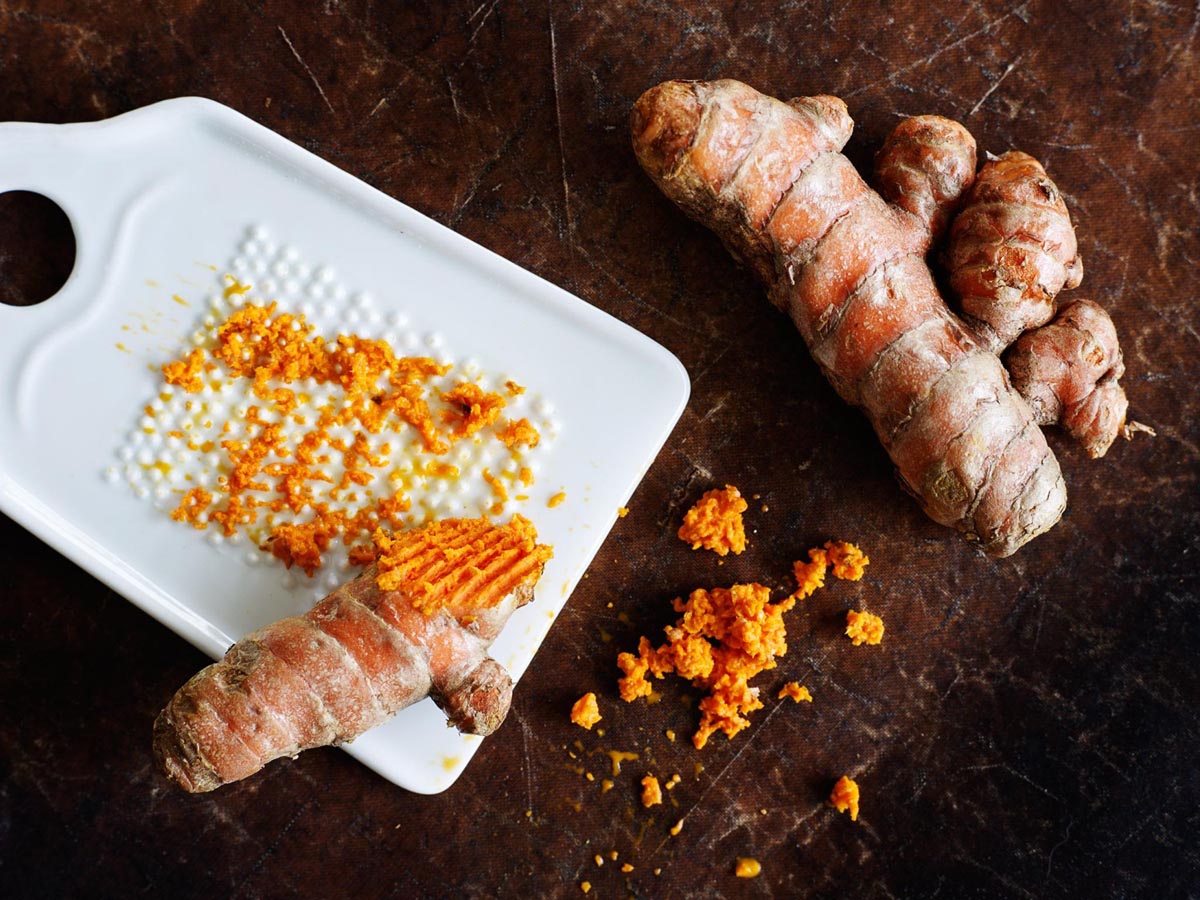
Whoo-hoo. Yellow gold. An antiseptic, a gargle, a digestive aid, clears sinuses, too, and it’s a much-loved preservative in pickles and chutneys. Add some to your vege shakes for a health kick.

Whoo-hoo. Yellow gold. An antiseptic, a gargle, a digestive aid, clears sinuses, too, and it’s a much-loved preservative in pickles and chutneys. Add some to your vege shakes for a health kick.
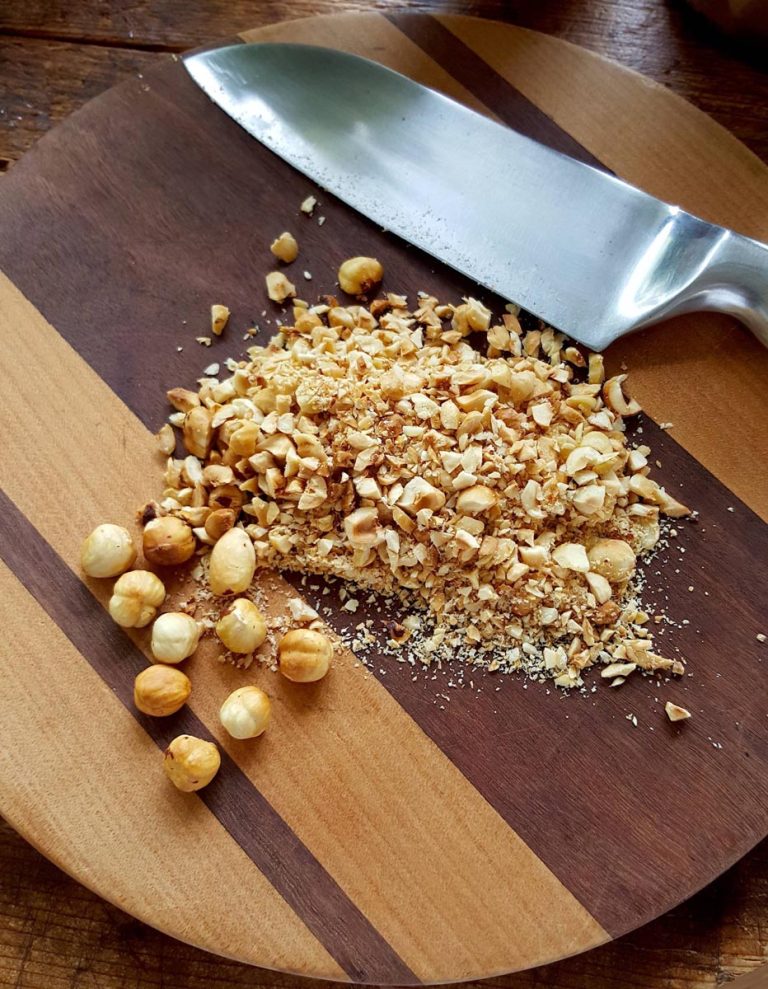
Toasty roasty coffeeish – that’s toasted hazelnuts! Here’s how to do it.
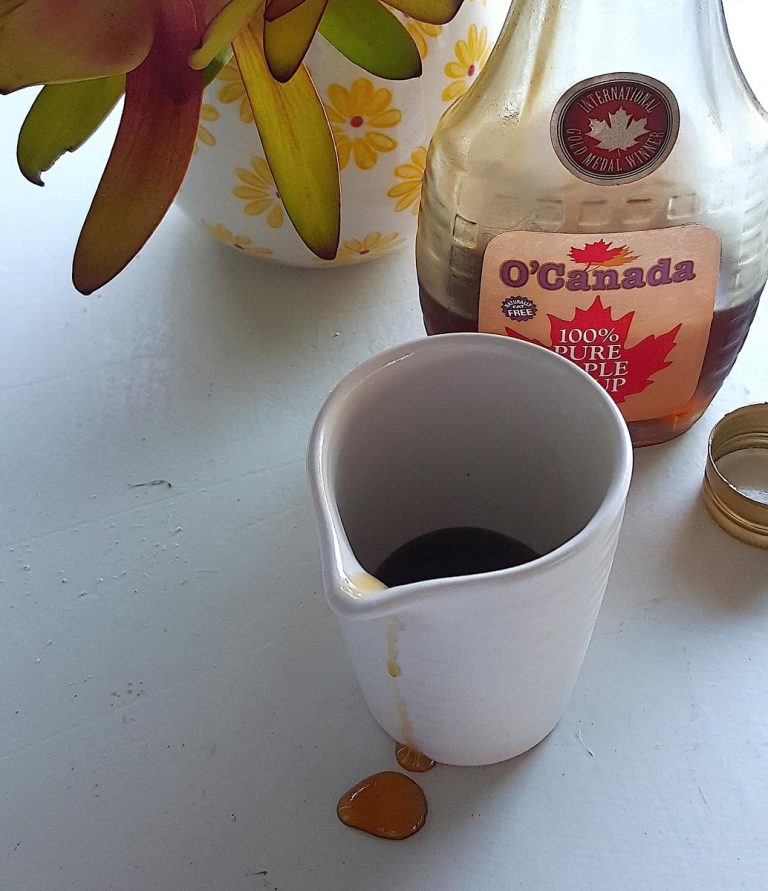
Want to use less sugar in baking? Substitute maple syrup for sugar … just make sure you use the real thing.
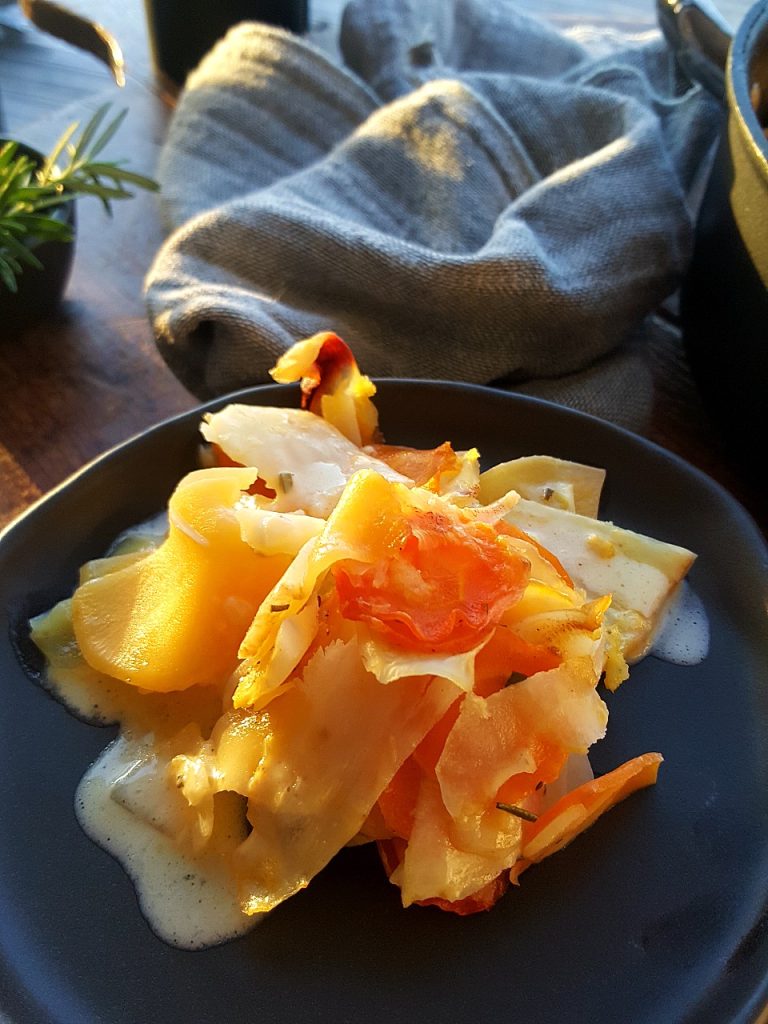
Swedes are a mystery to many cooks and dismissed as cattle-fodder by others, but cooked in interesting ways, they can be absolutely delicious.
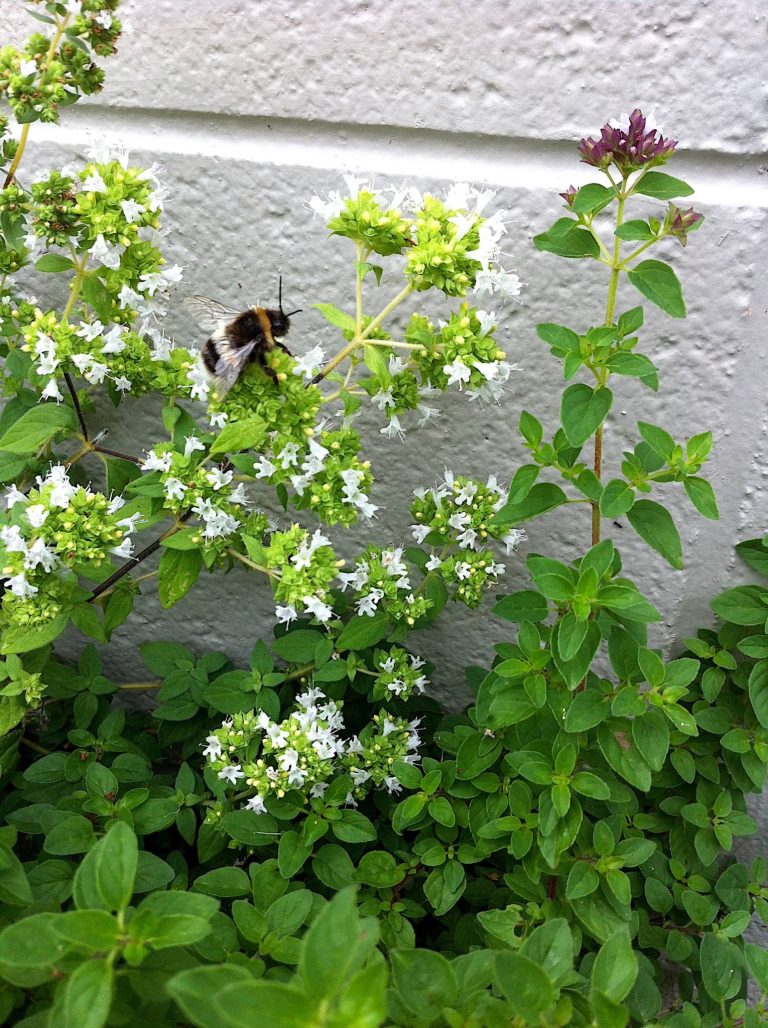
Bring bees into your garden and let the plant flower before harvesting.
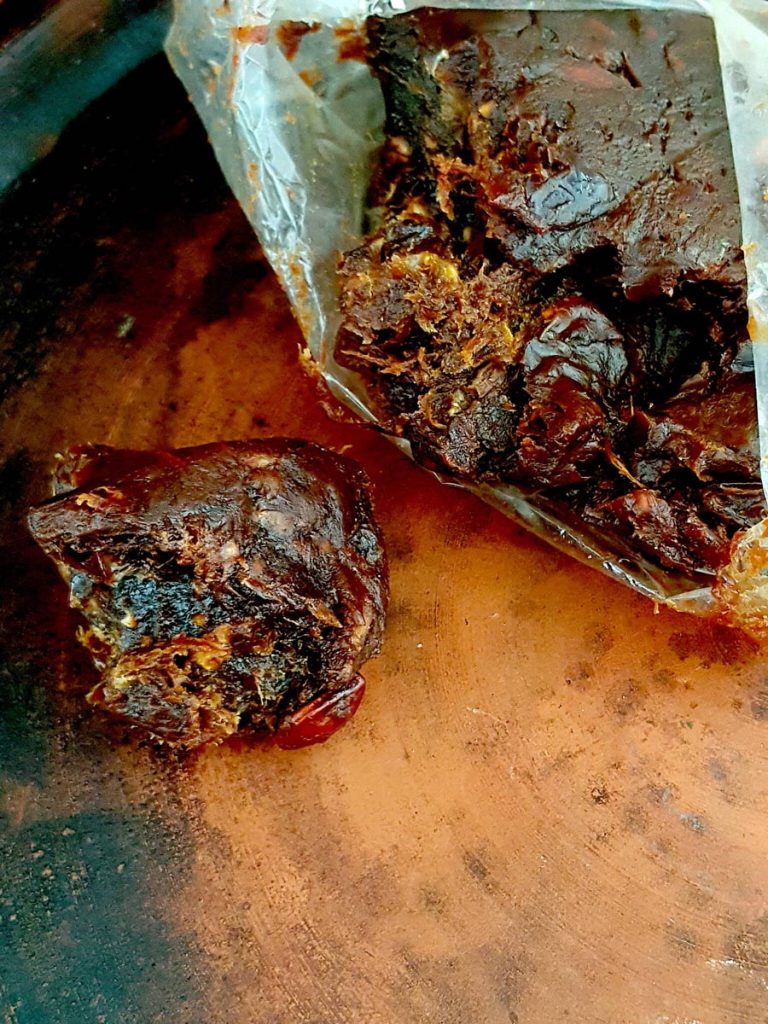
It may look like something scraped off the forest floor, but tamarind is a stunning ingredient to give food a sour zing

To wash or not to wash. That is the question. What’s best? Find out!
No products in the basket.
Welcome to the new Shared Kitchen experience! If you encounter any issues, please let us know. Dismiss